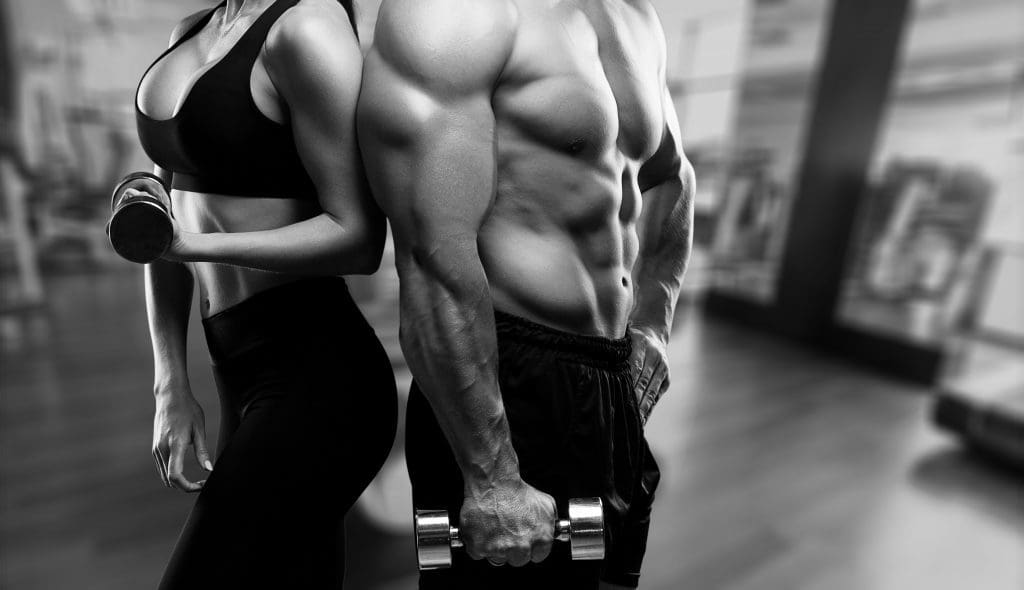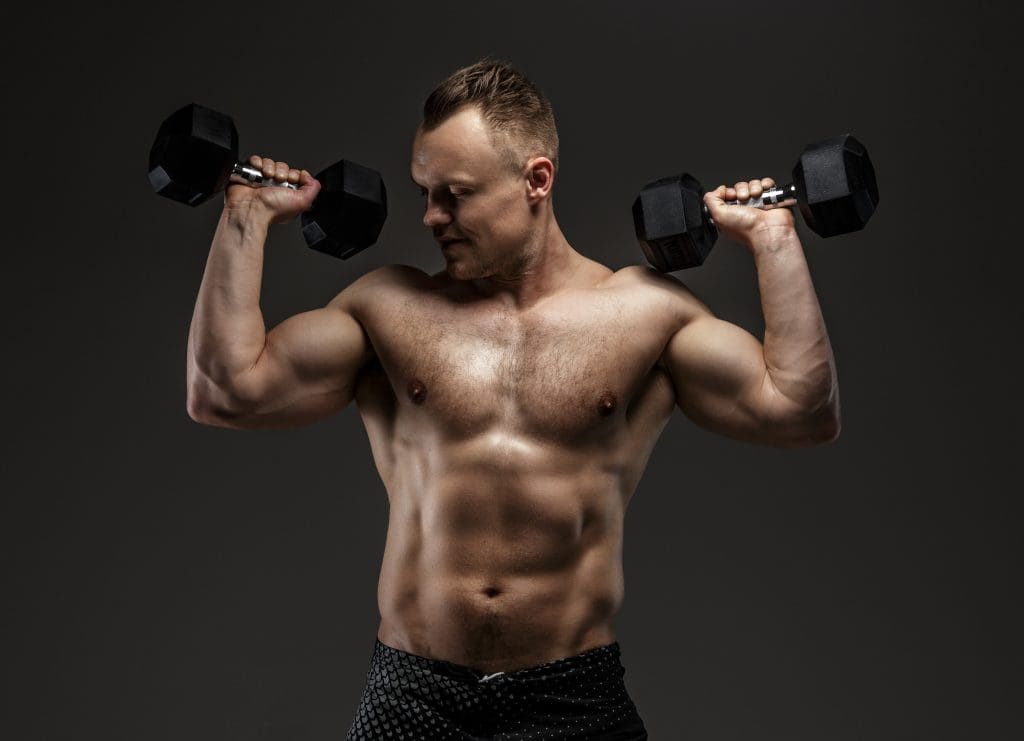
Strength training has numerous health benefits and is a vital part of many people’s health and fitness journeys. Regular strength training helps you to build leaner, stronger muscles, leading to a fit and toned look. It can also help you to lose weight or maintain a healthy weight by increasing the number of calories your body burns at rest.
Other benefits of strength training include improving the health of your bones and joints, fighting off the reduced mobility that can come with aging, and even boosting your mental and psychological health.
But what if you’ve never lifted weights before? Perhaps you can’t afford a personal trainer, don’t have a gym nearby, or simply don’t have the time to go. If any of these concerns sound familiar, don’t stress. It’s completely possible to get started with lifting weights at home and to do so safely and effectively.
Read on for our top tips to help you get started.
START WITH BODYWEIGHT EXERCISES
Did you know that you don’t need any equipment at all to get started with strength training? Before you ever pick up a kettlebell or a set of dumbbells, bodyweight exercises can help you to start getting stronger and building muscle.
You might want to follow along with a program, such as Joanna Soh’s Absolute Beginner Bodyweight Workout on Youtube or Nerd Fitness’s 20 minute bodyweight routine. This can help you make sure you’re working out all the main muscle groups equally as well as teaching you how to perform the exercises correctly.

CHOOSE THE RIGHT WEIGHTS
At this stage, you’ll likely need to buy a set of weights. This need not cost you a lot of money, and there are plenty of budget options available. Dumbbells are great starting weights as they are so versatile and can be used for numerous different exercises.
Greatist has a useful list of recommendations for the best dumbbell weights, including some beginner-friendly and budget-friendly sets. Start with lighter weights, anywhere from 2kg to 6kg, depending on your base level of strength and fitness. It’s always better to start slowly and build up to lifting heavier weights, as lifting too heavy too soon can cause injury.

FOCUS ON FORM
When it comes to strength training, form (which just means how you perform an exercise) is everything. If you lift incorrectly, you put yourself at risk of an injury. Poor form also reduces the effectiveness of the exercises.
You can learn correct form by studying pictures and instructions online, following along with video workouts, or paying for a session or two with a qualified personal trainer. Performing exercises in front of a mirror the first few times allows you to check your form easily. As you gain experience, you’ll learn what correct form feels like in your body and find yourself making small adjustments as you go, almost without thinking about it.
Never sacrifice form in favor of more weight. Lifting lighter weights with perfect form is always preferable.

WARM UP, COOL DOWN, AND RECOVER PROPERLY
If you have limited time to work out, you might be tempted to sacrifice the warm-up and cool-down phases to maximize your weightlifting time. But skipping either of these steps increases your risk of injury and reduces the effectiveness of your workout.
Start your session with a cardio warm-up and some dynamic stretches to get your muscles warm and your heart rate up. End with some gentle stretching until your heart rate has returned to normal.
It’s also vital to allow for recovery time between workouts. Do not be tempted to strength train every day. Most experts suggest that lifting weights 2-3 days per week is ideal and recommend that you supplement your training regime with cardio workouts such as walking, running, swimming, or cycling.
Using recovery wear can help your body to bounce back more quickly from the strain caused by exercise. For example, why not aid your recovery after leg day with one of our leg sleeves?

TRACK YOUR PROGRESS
As you make lifting weights a regular part of your life, your progress will be slow and incremental. This can feel demoralizing if you were hoping to see quick results. That’s why it is so important to track your progress.
Take a few minutes after each workout to make a note of which exercises you did, how many repetitions you performed, and what weight you used. As you progress, you’ll see that you are able to lift heavier and perform more reps.
Taking progress pictures can also help to keep you motivated if your goal is to lose weight, tone up, or create a leaner physical appearance. You might just look back in six months and be amazed at how far you’ve come!


